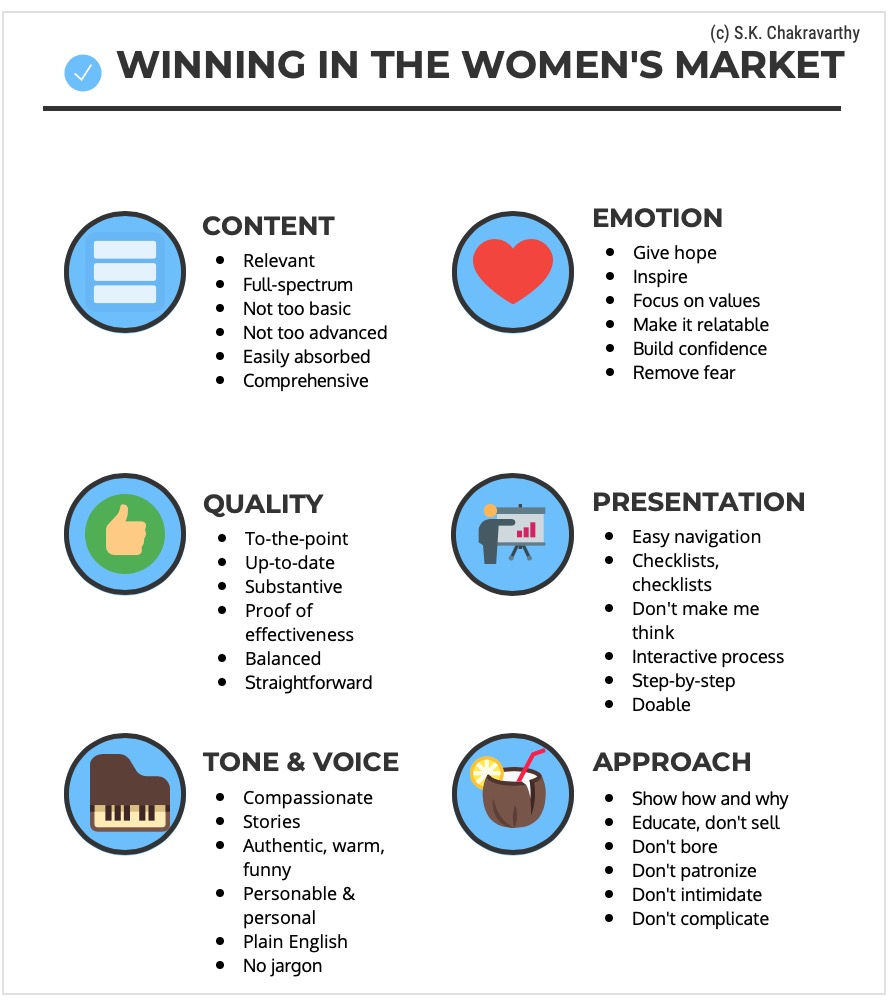
How do you find out the real truth of what your customers or prospects want, like and hate? How do you make sure that they aren’t misleading themselves or you, regardless of intention, about what their true behavior in the market will look like, when you ask them?
Watching, or asking about behavior in any kind of structured and artificial settings versus watching them when they think no one is looking is akin to watching the behavior of lions in the zoo versus on a safari in the Serengeti – the behavior of real lions “in the wild” may look nothing like what you see in the zoo.
And if you’re looking to address the lions in the wild, you’d be poorly served designing for lions you see in the zoo.
This analogy inspired an activity that has been termed a “sales safari”*. Briefly stated, the idea behind this concept is to prowl online sites, forums, and review sites to see unfiltered comments, complaints, likes and dislikes people are voicing to better understand exactly what their pain points are, what ticks them off, and what delights them in their own language and perspective.
I was intrigued enough to take my own unscientific swag at this exercise to better understand women’s attitudes towards personal finance in general. Given that the financial services industry scores at the bottom in terms of how well it serves women, I thought it would be a good way to get a real-life pulse.
The overview of the exercise
My goal was to get into the guts of what real women were saying and feeling about personal finance advice, their needs, gripes and delights.
I picked three books targeted to women that I thought were representative of a mainstream women’s market that addressed a broad spectrum of financial needs:
- Young, fabulous and broke, by Suze Orman
- Smart women finish rich, by David Bach
- Smart women love money, by Alice Finn
Between them, these books cover aspects from living with little money / being in debt, all the way to investing and retiring with enough.
I reviewed all commentary and identified those snippets and comments that truly shone a light on the visceral reactions and insights.
The goal was also to extract some broader themes and learnings for providers looking to better meet the financial needs of women. Based on subjective judgment of uniqueness, insight and “voice value”, I distilled about 143 separate observations across reviews of these three books.

The findings
The comments by reviewers were long, heartfelt and very detailed. Examples:
“Every time she wouldn’t go into depth about how —- works or would not give a spreadsheet about this and that I was a little bit saddened – Amazon reviewer commenting on “Young, fabulous and broke”
“Of course, I thought you had to have thousands of dollars to do this and so I thought I was hopeless ” – Amazon reviewer, commenting on “Smart women finish rich”
“My dad used to tell me that all I had to do was to marry a man and he will take care of me. I never bought into that and didn’t get much more financial advice outside of that from him” – Amazon reviewer, commenting on “Smart women finish rich”
“What impressed me from the first…was Bach’s respectful “voice” in delivering his message to women” – Amazon reviewer, commenting on “Smart women finish rich”
“A friend and I tried years ago to learn about finances and investing but it was all too confusing and we gave up.” – Amazon reviewer, commenting on “Smart women love money”
Collectively, the quotes above smashed some stereotypes. At least based on the comments above, it looks like women do like numbers or spreadsheets. It also highlighted common complaints that finance topics were too confusing and boring, and simply provided a human perspective on what women have to deal with in their financial lives, for example, unhelpful beliefs around money carried over from childhood.
The bottom line on what women want
The totality of positive, factual and negative comments boiled down to six main themes of what women want in terms of financial advice:

The action imperative for providers: so what?
The actions arising from even this cursory review can range from simple and superficial to deep and involved. For example, even reviewing standard marketing materials against this checklist above will likely yield several low-hanging fruit for immediate wins.
At the other end of the spectrum, a provider may choose to do a much more thorough audit of the entire product , from design to packaging and sales, to ensure that it best meets the needs of women with the appetite to buy.
But even the most minimal set of actions has the potential to be a positive RoI exercise, especially when applied to sales and marketing related activities.
Notes: *See “Designing products people love”, by Scott Hurff, for more details.
1 thought on “A Safari in the Finance Jungle”
Comments are closed.